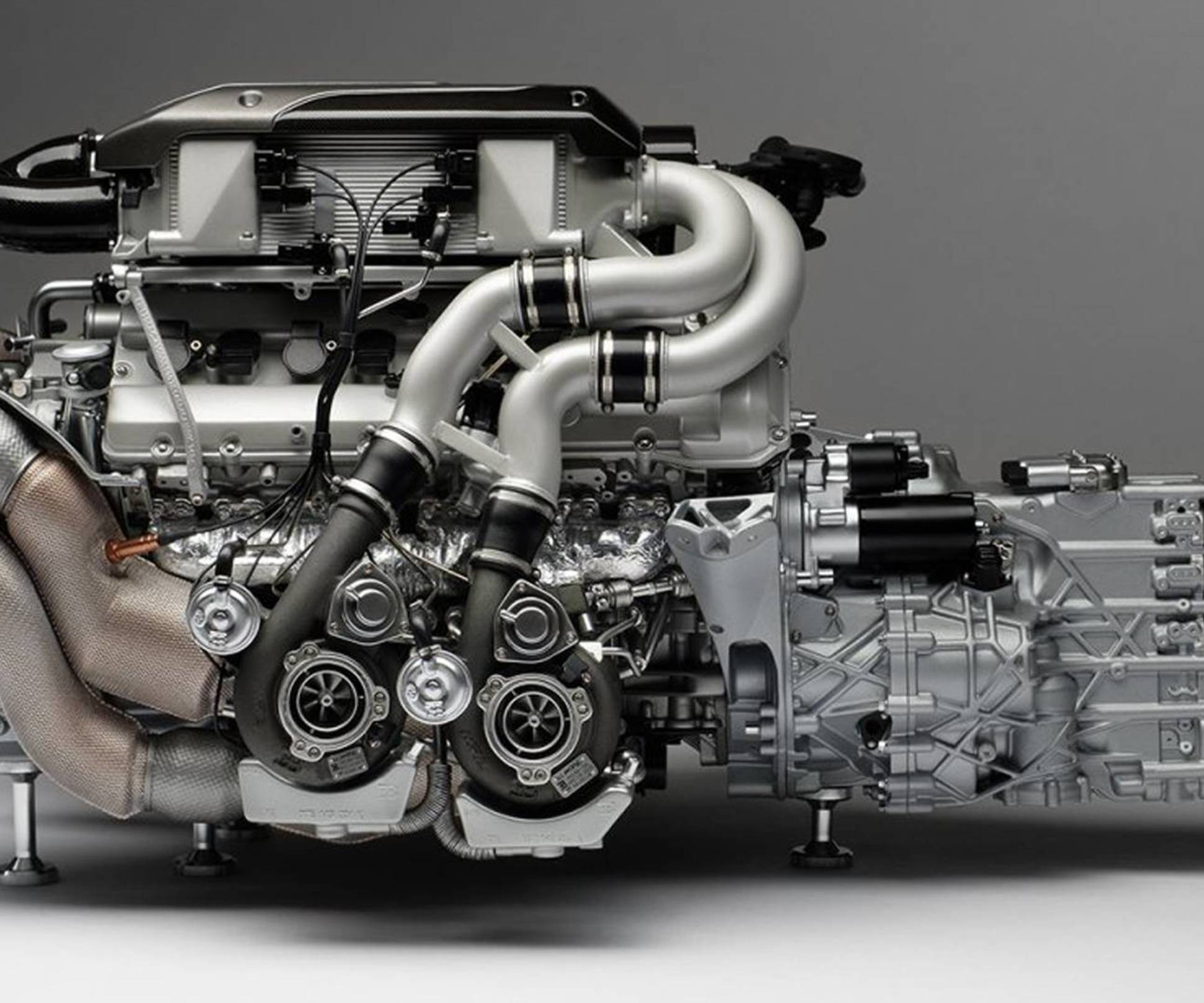
The W16 engine from the Bugatti Veyron and Chiron - an automotive masterpiece or an excess of form over substance? We rate 8.0 W16!
Content
What characterizes luxury brands is often the driving force. The W16 engine from Bugatti is a perfect example of a one-car symbol. When you think about this design, the only two production cars that come to mind are the Veyron and Chiron. WHAT is worth knowing about it?
W16 Bugatti engine - unit characteristics
Let's start with the numbers that were supposed to attract the attention of potential customers from the very premiere. The 16-cylinder unit, fitted with two heads with a total of 64 valves, has a capacity of 8 liters. The kit adds two centrally located water-to-air intercoolers and two turbochargers each. This combination portends a (potentially) huge performance. The engine developed a power of 1001 hp. and a torque of 1200 Nm. In the Super Sport version, power is increased to 1200 hp. and 1500 Nm. In the Bugatti Chiron, this unit was even more pressed into the seat thanks to 1500 hp. and 1600 Nm.
Bugatti Chiron and Veyron - why W16?
The concept prototype was based on the W18 engine, but this project was abandoned. Another solution was to use the W12 unit based on a combination of two well known VR6s. This idea worked, but 12 cylinders were too common in V-type units. Therefore, it was decided to add two cylinders on each side of the cylinder block, thus obtaining a combination of two VR8 engines. This arrangement of the individual cylinders allowed the unit to be compact, especially compared to the V engines. In addition, the W16 engine was simply not yet on the market, so the marketing department had an easier task.
Is everything brilliant in the Bugatti Veyron 8.0 W16?
The automotive industry has already seen many new units that were supposed to be the best in the world. Over time, it turned out that this is simply not the case. As for the Volkswagen concern and the Bugatti 16.4, it was known from the very beginning that the design was outdated. Why? At first, fuel injection into the intake manifolds was used, which in 2005 had a successor - injection into the combustion chamber. In addition, the 8-liter unit, despite the presence of 4 turbochargers, was not devoid of turbos. This was eliminated only later, after the application of electronic control of the operation of two pairs of turbines. The crankshaft had to accommodate 16 connecting rods, so its length was extremely small, which did not allow for sufficiently wide connecting rods.
Disadvantages of the W16 engine
Moreover, the special arrangement of the cylinder banks forced the engineers to develop asymmetric pistons. In order for their plane at TDC to be parallel, they had to be slightly ... bent to the surface of the head. The arrangement of the cylinders also resulted in different lengths of the exhaust ducts, which caused uneven heat distribution. The huge layout of the unit in a small space forced the manufacturer to use two intake air coolers that worked together with the main radiator located under the front bumper.
What if an 8 liter engine needs an oil change?
Internal combustion engines are characterized by the fact that they require periodic maintenance. The described design is by no means an exception, so the manufacturer recommends periodically changing engine oil. This one, however, requires the dismantling of wheels, wheel arches, body parts and finding all 16 drain plugs. The task is simply to lift the car, which is very low. Next, you need to drain the oil, replace the air filters and put everything back together. In an ordinary car, even from a higher shelf, such treatment does not exceed the amount of 50 euros. In this case, we are talking about more than PLN 90 at the current exchange rate.
Why you shouldn't drive a Bugatti for bread? - Summary
The reason is very simple - it will be extremely expensive bread. Apart from the issue of maintenance and replacement of parts, you can only focus on combustion. This, according to the manufacturer, is approximately 24,1 liters in the combined cycle. When driving a car in the city, fuel consumption almost doubles and amounts to 40 liters per 100 km. At maximum speed, it is 125 hp. This means that a vortex is simply created in the tank. It must be frankly admitted that the W16 engine is unmatched in terms of marketing. There are simply no such engines anywhere else, and the Bugatti luxury brand has become even more recognizable thanks to this.